http://www.globalsecurity.org/milita.../army/77id.htm
The 77th was deactivated in May 1919 and reactivated for WW II in the spring of 1942. "The old bastards" as they were nicknamed were part of the Organized Reserves Corps and began training at Fort Jackson S.C. in March of 1942. Assembled in less than 40 days the 77th trained for more than a year before being deployed to liberate the islands of the South Pacific. They were the oldest Infantry unit in the Army.
The 77th Infantry Division landed in Hawaii, 31 March 1944, and continued training in amphibious and jungle warfare. Elements began to leave Hawaii, 1 July 1944, for the amphibious assault on Guam. Attached to III Amphibious Force, the 77th made an assault landing on Guam, 21 July 1944. After taking over defense of the beachhead, the Division drove north to seize Mount Tenjo and effected junction with the 3d Marine Division, linking the northern and southern bridgeheads, 23-29 July. It continued to drive north, and dislodged the enemy from positions at Barrigada town and mountain, 4 August, resistance ending on the 8th. With Guam recaptured, the 77th sailed for New Caledonia, but plans were changed en route and it was directed to proceed to Leyte. The Division landed on the east coast of Leyte, 23 November 1944, and was attached to XXIV Corps, Sixth Army. After a short period of training and combat patrolling in the Corps' rear, 23 November-6 December, it landed at Ipil and fought up the east coast of Ormoc Bay to seize Ormoc, 10 December. Attacking north, astride Highway No. 2, the Division secured Valencia and the Libungao-Palompon road junction. Mopping up operations continued through January 1945 to 5 February 1945. The next combat assignment was Okinawa. In late March (26-29), the Division made 15 landings, securing Kerama Retto and Keise Shima for the assault on Okinawa. Riding at sea, 1-15 April 1945, it suffered casualties from enemy suicide attacks, - and prepared for the assault landing on Ie Shima.
On the island of Ie Shima, three miles west of Okinawa, the 77th saw some of its worst fighting. The capture of Ie Shima was crucial to the Pacific war effort. On 16 April 1945, the 77th landed on le Shima, captured the airfield, and engaged in a bitter fight for "Government House Hill" and "Bloody Ridge." Among the 239 soldiers who died was one civilian, famed war correspondent Ernie Pyle. Soldiers of the Liberty Division erected a crude wooden monument to the beloved Pulitzer Prize winner who was slain by a
Japanese
sniper. On 25 April, it left le Shims for Okinawa, relieving the 96th Division, 28 April 1945. Fighting its way slowly against extremely heavy Japanese resistance, the Division, drove to Shuri in conjunction with the 1st Marine Division, `occupying it 29-31 May. In June the Division covered the right flank of XXIV Corps and "sealed" Japanese cave positions. In July 1945 the Division moved to Cebu, Philippine Islands, and prepared for. the invasion (later occupation) of Japan.
After the Japanese surrender in August 1945, the division was assigned to the occupation of Hakodate, Hokkaido. The Division landed in Japan in October 1945 for occupation duty. On March 15, 1946, the Liberty Division was deactivated in Japan. During its five operations in three campaigns, the 77th spent 200 days in actual combat and lost more than 2,000 soldiers. The 77th never fought in a losing campaign.

sniper. On 25 April, it left le Shims for Okinawa, relieving the 96th Division, 28 April 1945. Fighting its way slowly against extremely heavy Japanese resistance, the Division, drove to Shuri in conjunction with the 1st Marine Division, `occupying it 29-31 May. In June the Division covered the right flank of XXIV Corps and "sealed" Japanese cave positions. In July 1945 the Division moved to Cebu, Philippine Islands, and prepared for. the invasion (later occupation) of Japan.














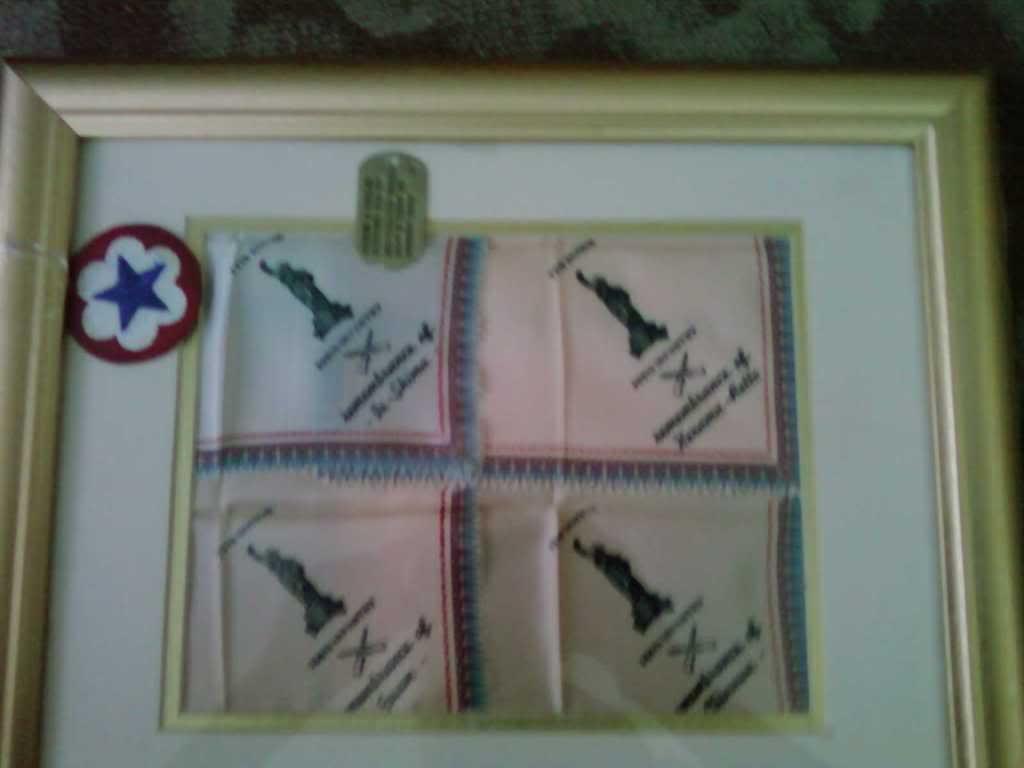
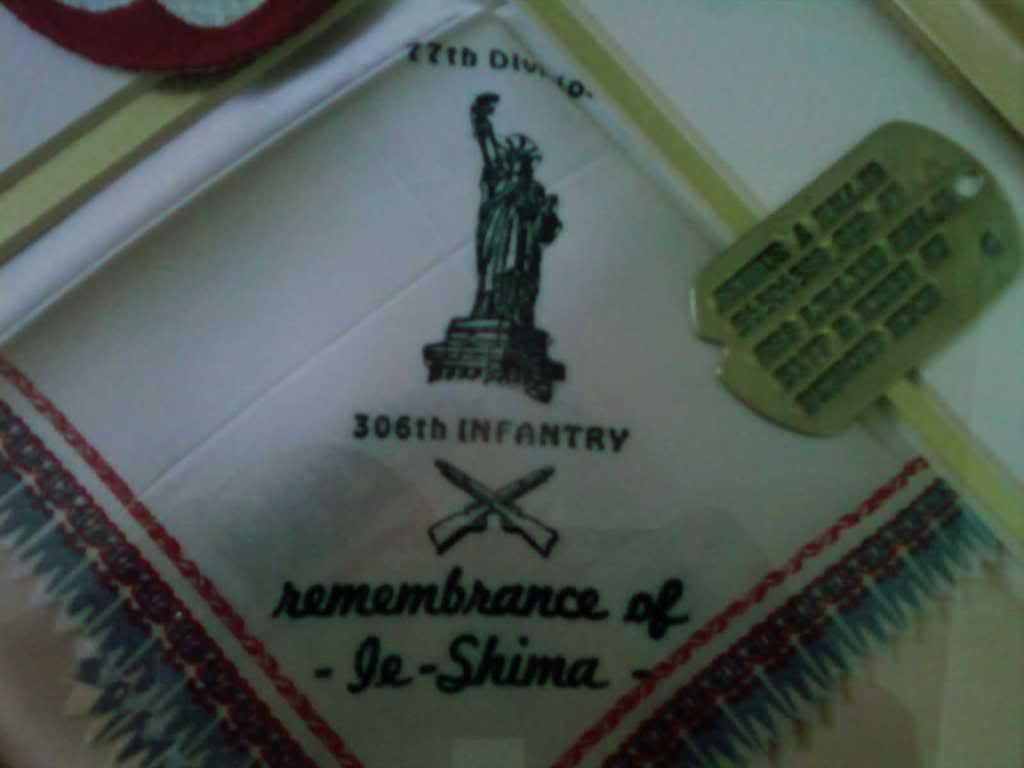
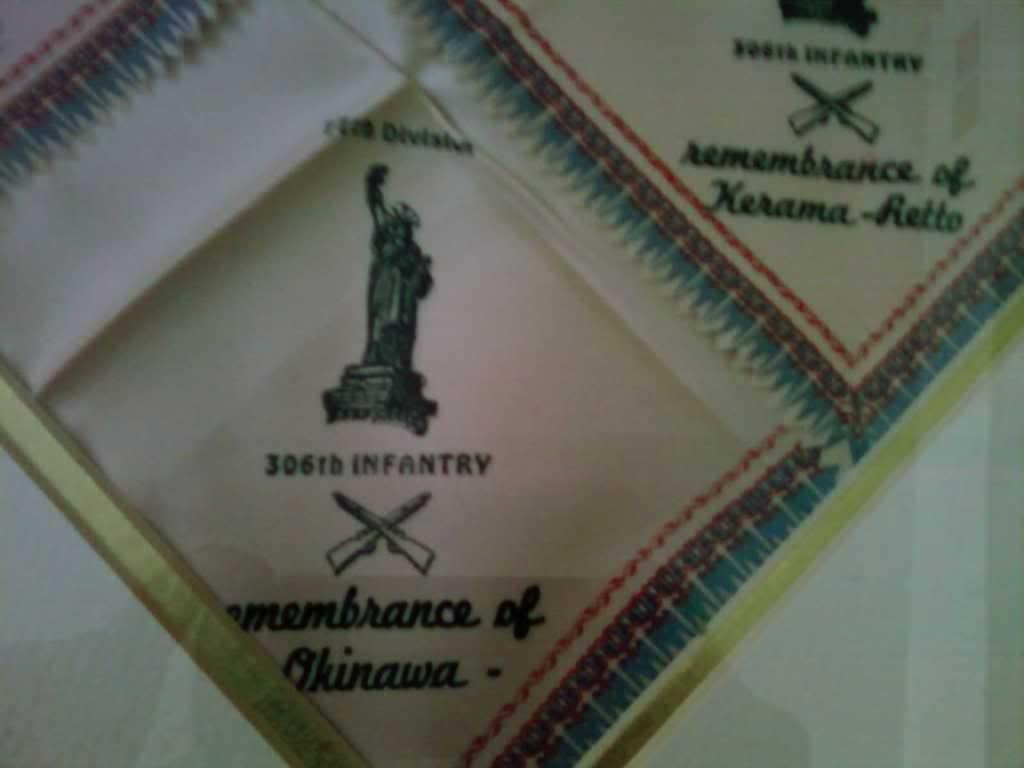
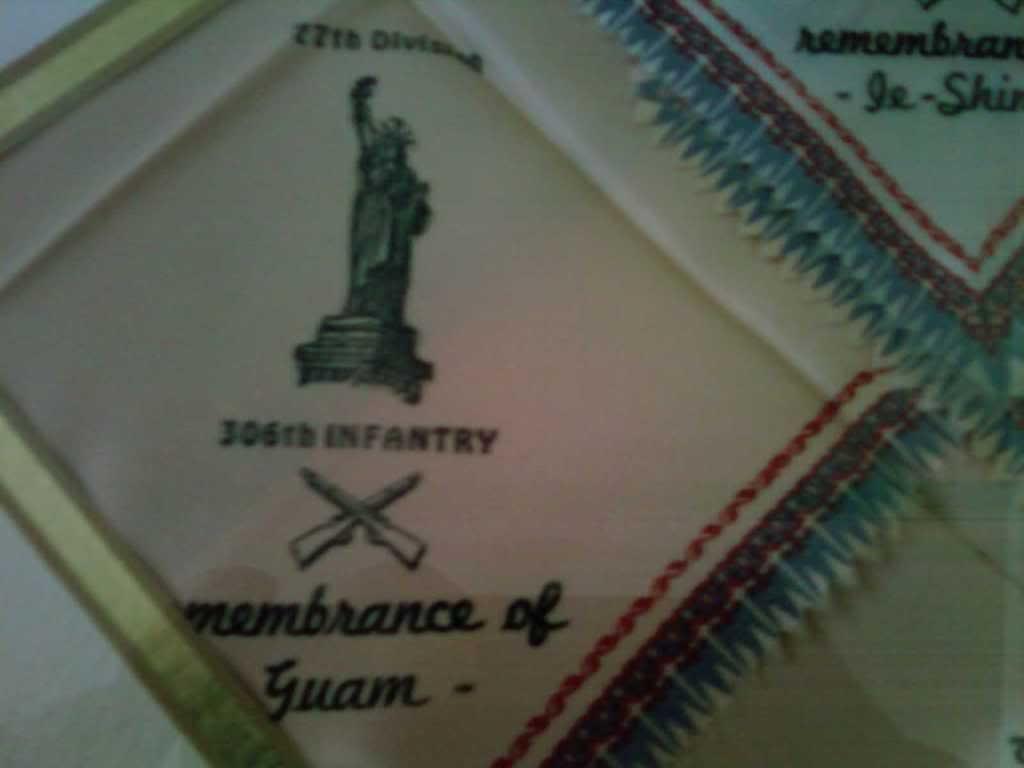
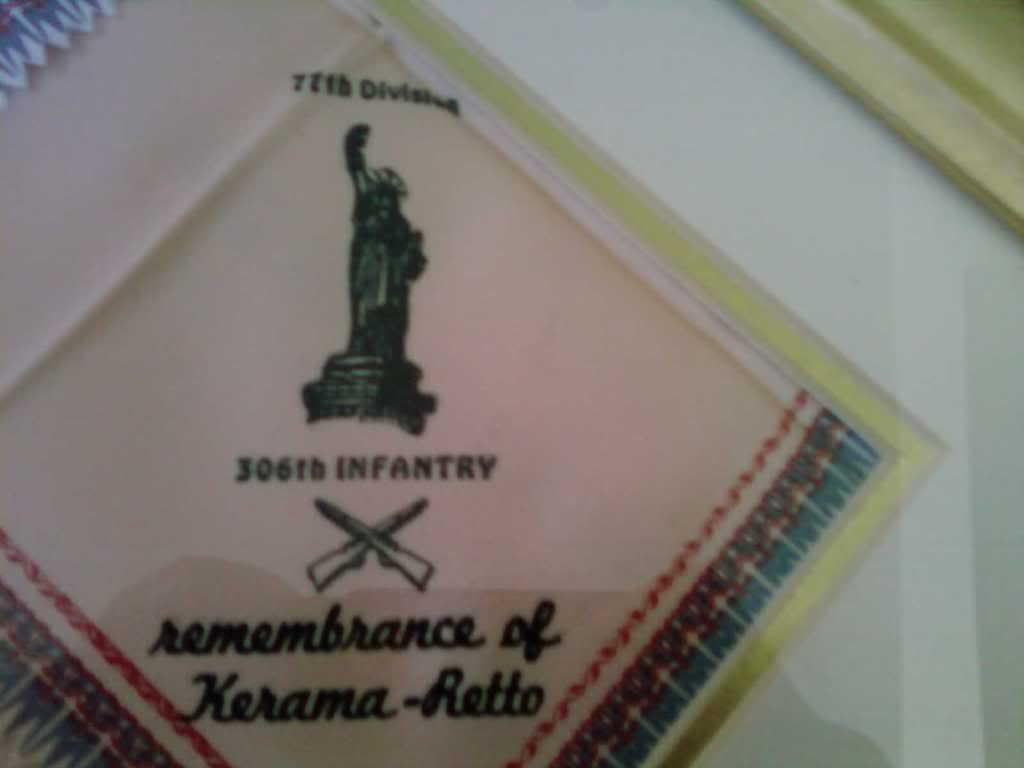
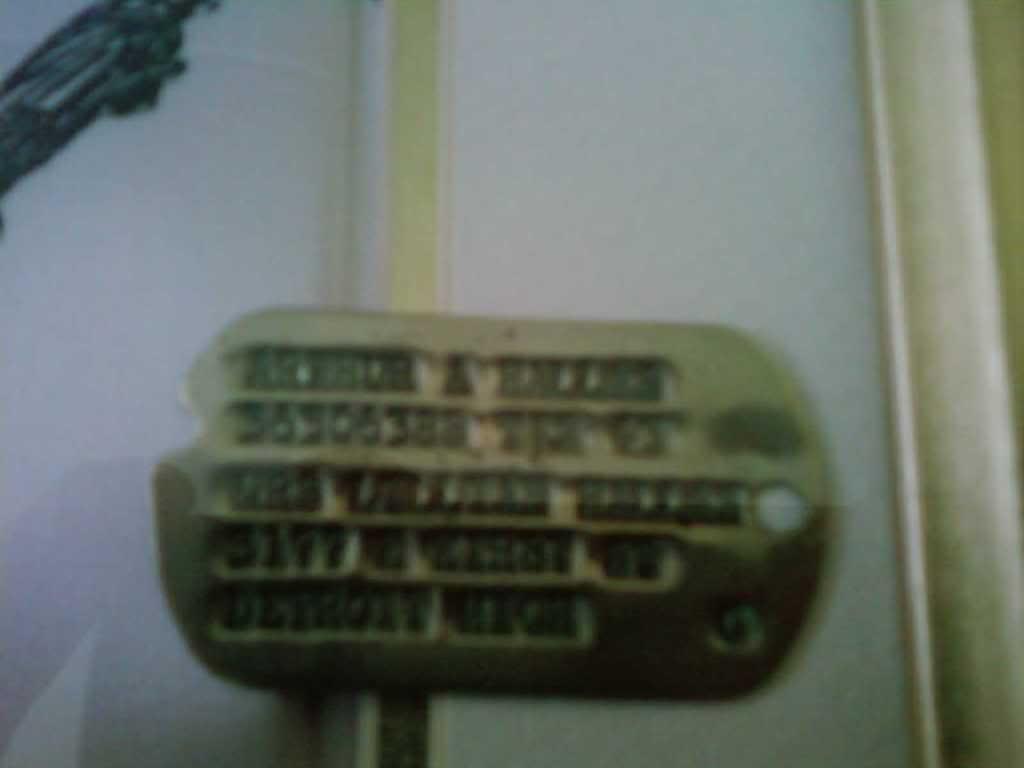


 Register To Reply
Register To Reply
